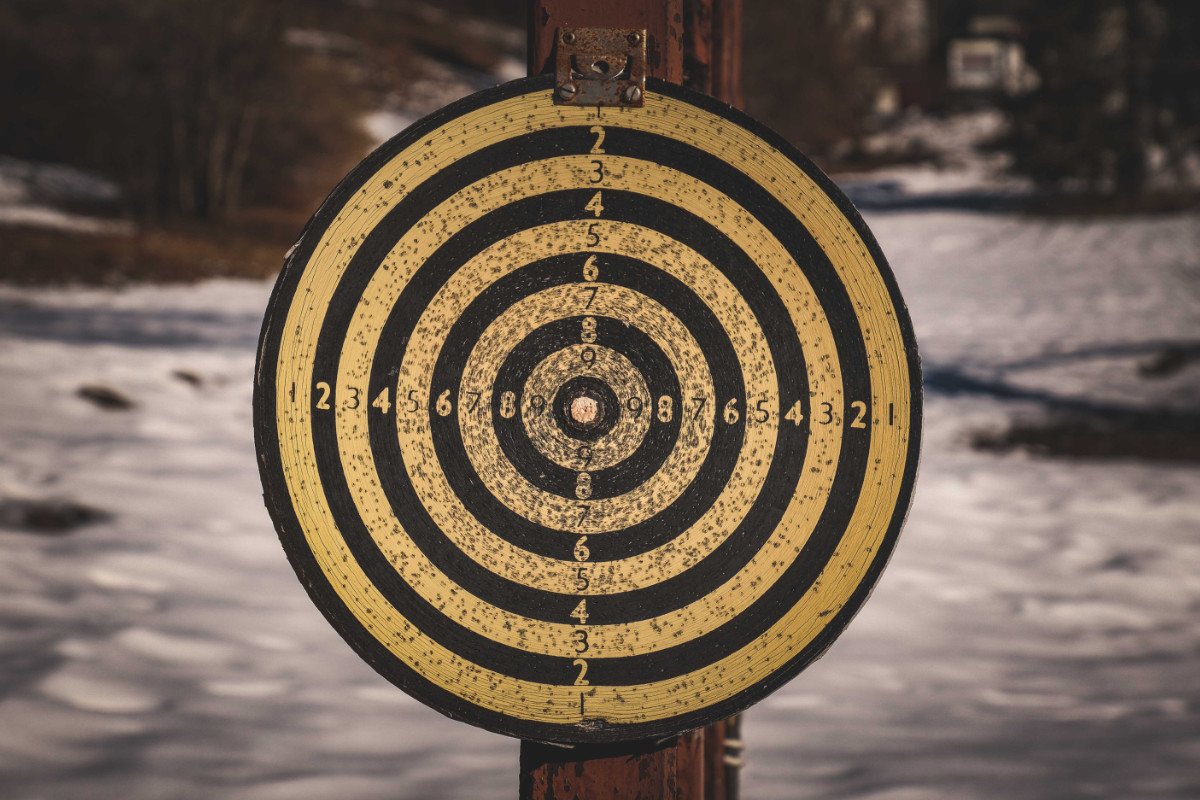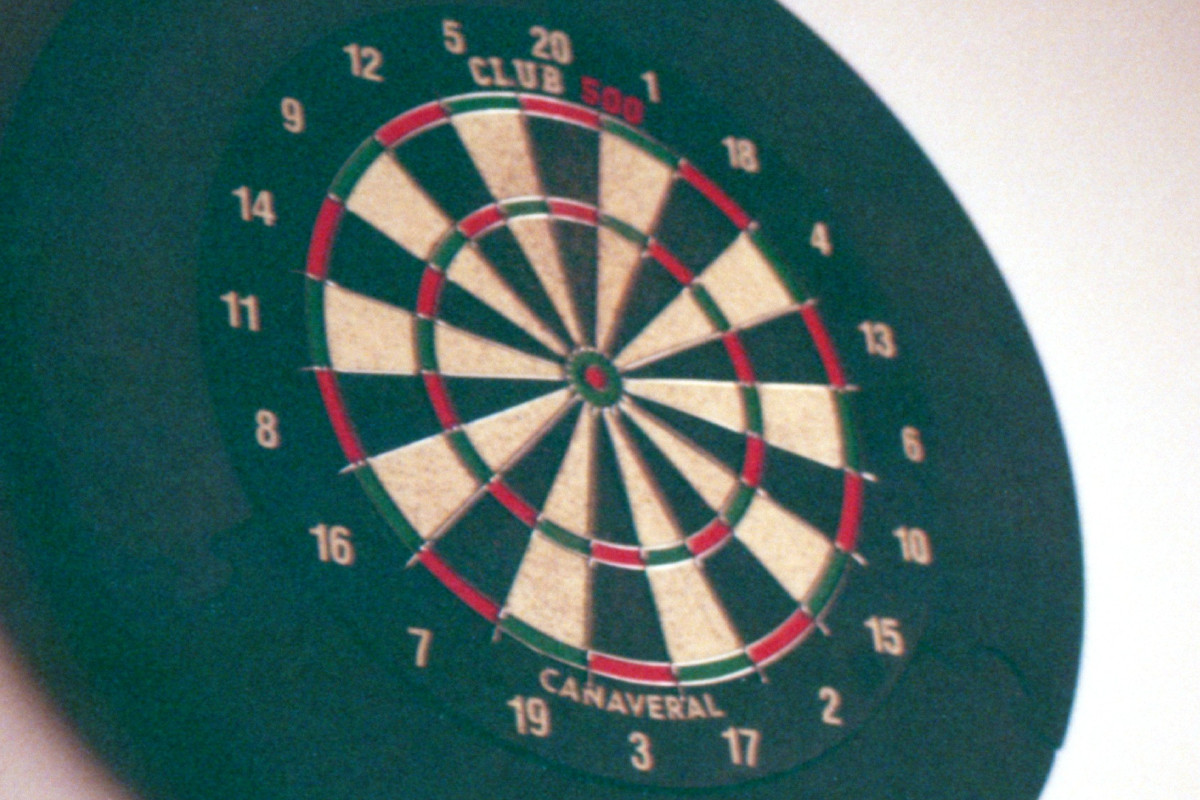While professional darts players often focus on high-scoring numbers like triple 20, casual players and enthusiasts may wonder which numbers are the least targeted on a dartboard. In this blog post, we’ll dive into the least hit number in darts and explore the reasons behind this phenomenon.
The Least Hit Number: Double and Treble 3
Statistically, the least hit number in darts is the double and treble 3. But why is this the case? The answer lies in a combination of factors, including the dartboard layout, player strategies, and the inherent difficulty in aiming for specific numbers.
1. Dartboard Layout
The dartboard follows a specific design, with high-scoring numbers placed next to low-scoring ones to increase the level of difficulty. The treble and double 3 sections are adjacent to the high-scoring 20 and 19 segments, making them less appealing targets for players aiming to maximize their scores.
2. Player Strategies
Most darts players focus on high-scoring areas like the treble 20 or 19 to build a significant lead. Due to this strategic approach, the double and treble 3 segments are less frequently targeted during a game.
3. Difficulty in Aiming
Even if players decide to target the treble or double 3, hitting these segments accurately can be challenging. The close proximity of the high-scoring 20 and 19 segments increases the risk of missing the intended target and achieving a lower score as a result.
Conclusion: The Underdogs of the Dartboard
So, the least hit number in darts is the double and treble 3, mainly due to the dartboard layout, player strategies, and the difficulty in aiming for these segments. While these sections may not be the go-to choice for most players, understanding their significance and the reasons behind their low hit rate can provide a fascinating insight into the intricacies of the game and the strategies employed by darts enthusiasts around the world.



